
St Pierre & Miquelon The Piece Of France In North America
If you are craving a taste of France, you may be surprised to know that you can get a bite sized version much closer to home than you think. Only a quarter of the flight distance of New York City to Paris, the tiny French overseas territory of Saint Pierre and Miquelon sits off the coast of Newfoundland, Canada's easternmost province.
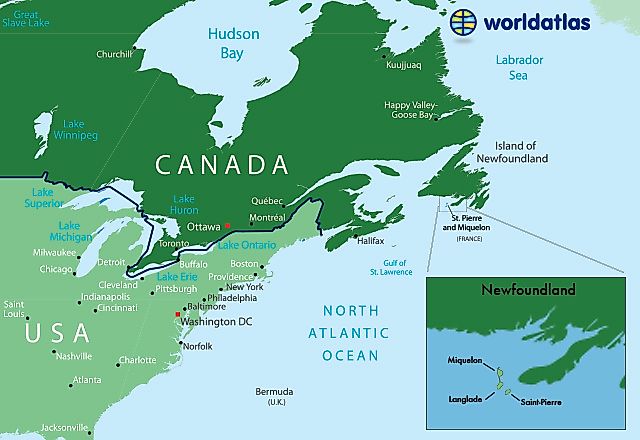
Despite the seemingly secluded nature of the islands, Saint Pierre and Miquelon has a long history, rubbing shoulders with smugglers, sailors and imperial powers. Only 300 kilometers from Newfoundland's capital, St. Johns, these islands offer the culture of Metropoilitan France in North America.
From Discovery to the Fall of New France
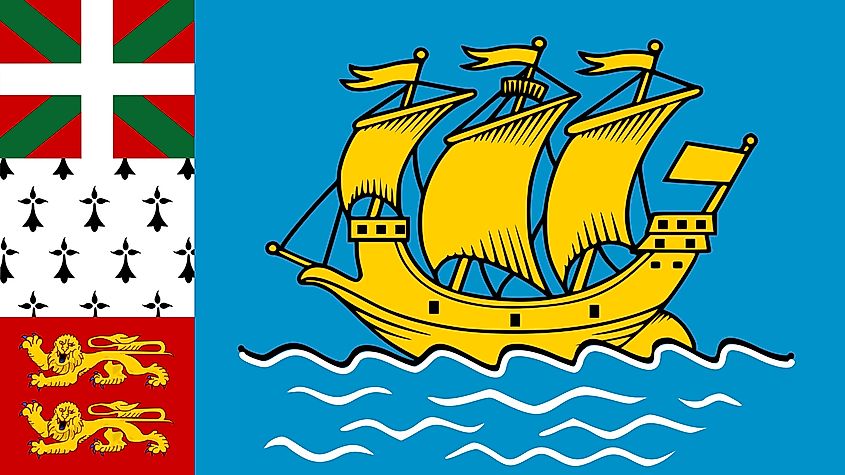
The storied history of Saint Pierre and Miquelon begins soon after the begining of the Age of Exploration; the series of European voyages to the Americas after 1492. Initially discovered in 1520 by the Portuguese, Saint Pierre and Miquelon was first christened “The Islands of the 11,000 Virgins,” as the day of discovery fell on the feast of St. Ursula and her virgin companions.
Despite being claimed for France by Jacques Cartier in 1536, the islands remained uninhabited until 1670 when just four permanent residents were listed by French authorities. France formally annexed the islands in 1670, likely to keep them out of the hands of the British. Despite this move, the islands were soon again found uninhabited, and subsequently control ceded to Britain in 1713.

After the end of the Seven Years War - known as the French-Indian War in the United States - France lost its empire. The 1763 Treaty of Paris formally ended French dominion in North America, with one interesting exception - Saint Pierre and Miquelon - which Britain gave back to France.
Regrettably for Saint Pierre and Miquelon, this reunion did not usher in peace, as the islands were invaded five more times over the next fifty years. One of the most destructive assaults occurred in 1778 when Britain devastated the island and forced all 2000 residents to return to France, in retaliation for French aid to American rebels. During the 19th century, Saint Pierre and Miquelon again faced repercussions for its parent nation's actions, with Britain invading in 1803 and 1814 amidst the Napoleonic Wars.
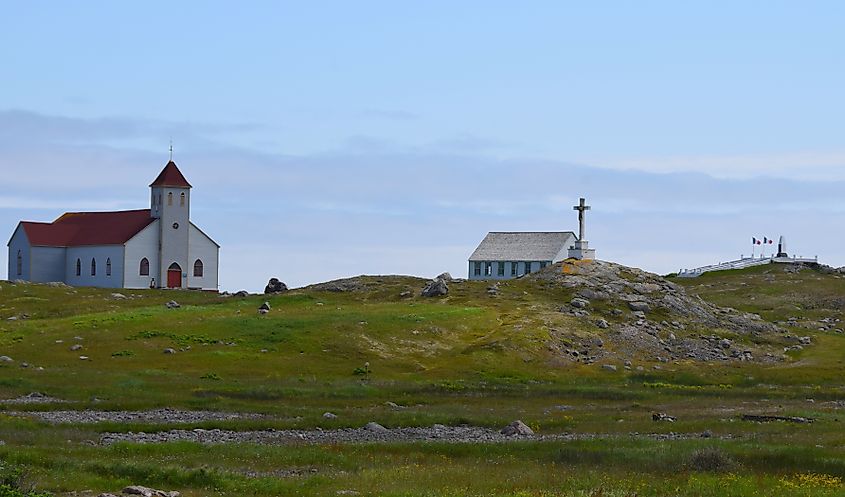
Whether, European dynastic conflicts, American rebellions, or Anglo-French imperial struggles, the islands have been at the mercy of foreign wars for centuries. Once part of the vast territory known as New France, Saint Pierre and Miquelon retains the distinction of being the only extant piece of this huge empire.
Shipwrecks, Smugglers & Sympathizers
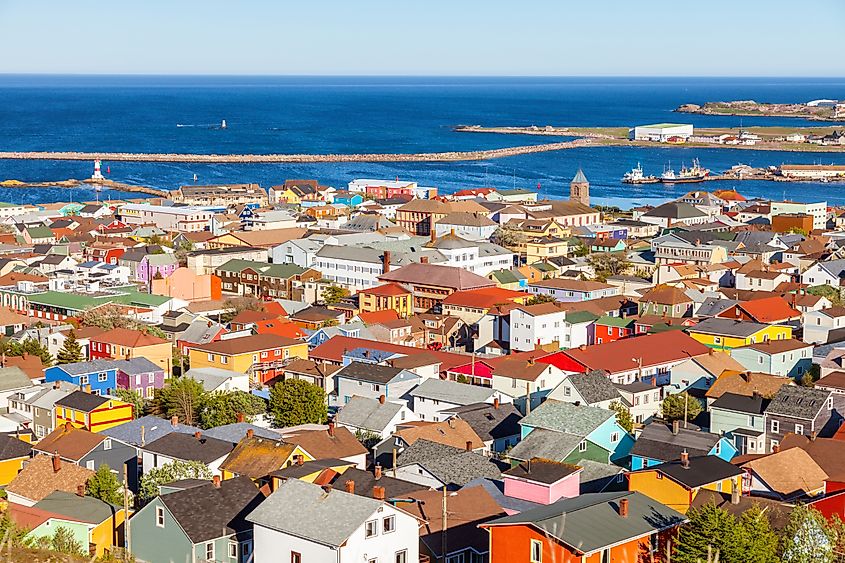
As imperial conflicts faded from North America during the 19th century, the islands became an important fishing port, home to hardy fisherfolk who braved the windswept isles. Rich fishing grounds also drew many foreign sailors who, along with the islanders, engaged in a risky enterprise. Significantly, until the turn of the 20th century, the waters surrounding the islands were called the “Mouth of Hell,” with over 600 shipwrecks occurring there since 1800.
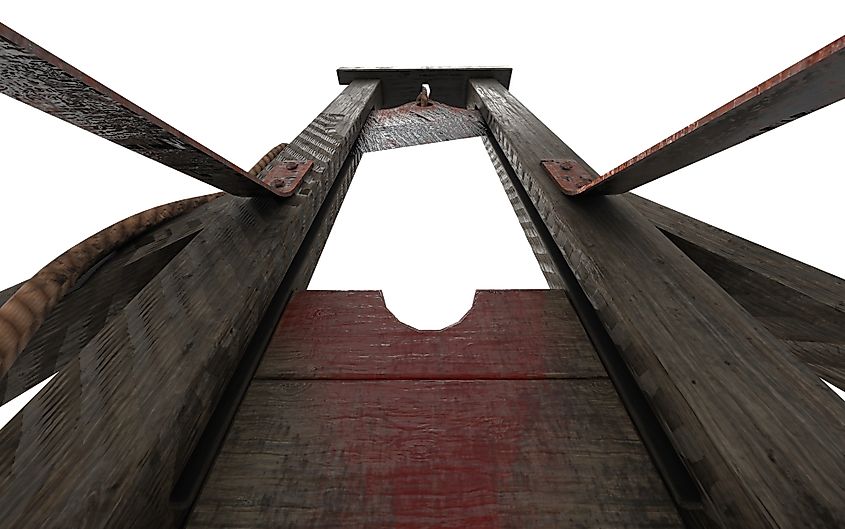
Moreover, if the anyone doubted the French pedigree of the islands, Saint Pierre and Miquelon holds the macabre distinction of being the only place ever to use a guillotine in North America. The guillotine was imported from the French colony of Martinique in 1889. Used only once, on convicterd murderer Joseph Néel, it now resides in the island's museum.
During the 20th century, foreign entanglements once again threatened the islands. Durring World War I, Saint Pierre and Miquelon again suffered due to France's overseas conflicts. The island's military age males were drafted into the French Military, with 400 serving and a staggering 25% killed, a serious blow to such a small community.
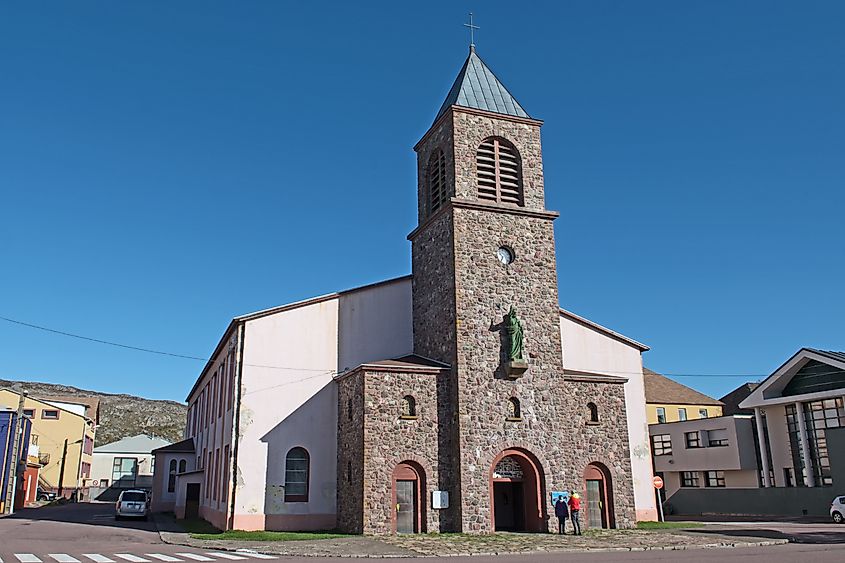
In the interwar years, Saint Pierre and Miquelon added a new chapter to its colourful history, serving as a major smuggling port during the era of American Prohibition. The islands underwent a boom, smuggling vast quantities of whiskey from Canada into the U.S. For instance, in 1931 alone, Saint Pierre and Miquelon shipped 6,871,550 litres of alcohol to the United States.
While the islands (unlike mainland France) remained free during WWII, they did experience political intrigue and the effects of the war. After France fell in 1940, the islanders supported the Free French led by Charles de Gaulle, but Saint Pierre and Miquelon's colonial administrator allied with the Nazi-backed Vichy government. As a result, de Gaulle ordered the Free French forces to seize the islands, leading to a successful takeover on Christmas Day 1941.
After the war, the islands shifted from being a colony to becoming an essential part of France. Saint Pierre and Miquelon officially became a department of France in 1976 and later gained the status of a territorial collective in 1985. No longer seen as a distant relic of imperial history, Saint Pierre and Miquelon now send a senator and a deputy to France's National Assembly. The residents are full citizens, with the right to vote and enjoy French legal protection.
Visiting Saint Pierre and Miquelon Today

Today, the islands are only a 45-minute flight from St. John's, but make sure to exchange Canadian and US dollars for euros if you want to stroll the small streets and enjoy artisan treats from various local shops. Rustic island sights include small fishing villages as well as the historic ghost town of Île aux Marins - an abandoned village on a small island next to St. Pierre harbor.
After exploring St. Pierre, where 5500 of the islands' 6000 residents live, visit the island of Miquelon-Langlade, which at over 200 square kilometers, is almost ten times larger than St. Pierre. Miquelon & Langlade boasts a rugged beauty where visitors can enjoy wildlife, including birds and deer, as well as a population of wild horses and seals. As a bonus, in spring, visitors to the islands can witness whales migrating to Greenland.
St. Pierre and Miquelon have left a significant mark on North American history, being central to many wars and imperial conflicts. This history, along with the islands' natural and cultural treasures, make this small piece of France a must-see if you're looking for a unique vacation spot.











